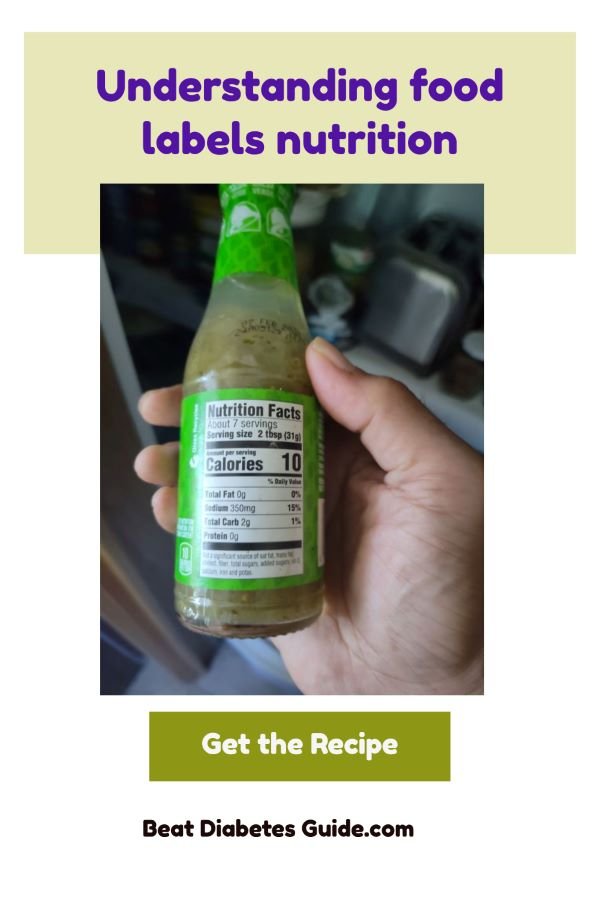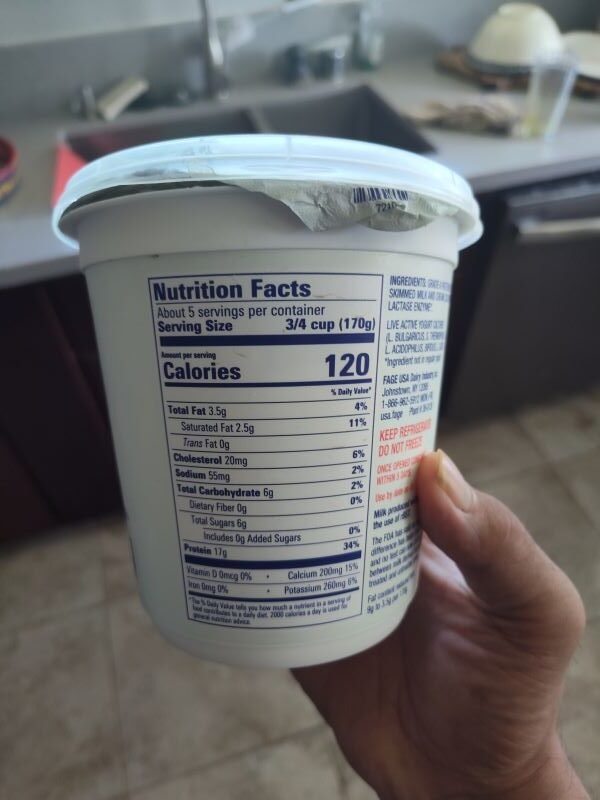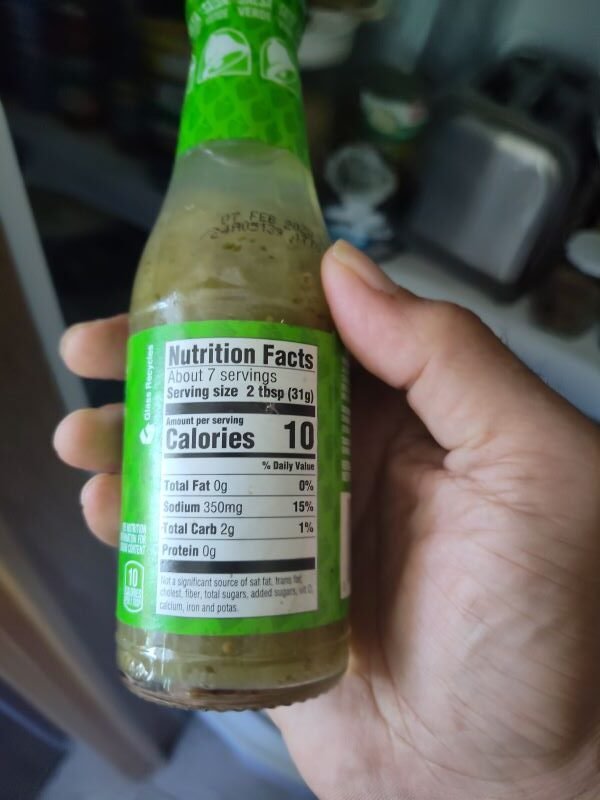Really understanding how to read food nutrition labels is confusing and even misleading at times with many manufacturers not always tell the whole truth in their packaging. If you are Diabetic or pre-diabetic, you really need to get a handle on looking at every food labels to understand the ingredient make up to a product, can, frozen food or any type of prepared item before you blindly put it into the shopping cart.
We will share the most important details and tips to understanding food labels nutrition. We share what to look out for when you go shopping and how to read those food labels properly. It’s important to accurately understand what you are reading and if that is a safe purchase for you do place in the shopping cart.
Pin and save this for later


Don’t take all those food package claims seriously
Ignore the claims on the front of the packaging especially those products touting healthy and wholesome ingredients showing on the food labels. Watch out for packaging that promotes all natural, fat free, organic or low sugar products. Seeing health claims in the packaging makes buyers more confident in buying this type of product. But you really have to dig in deeper and investigate the food label thoroughly at this point.
Pay attention to statements saying fat free, low sugar, low carb, low calorie, organic, multi-grain, light or enriched. You can then take a look at the ingredient label to see if these claims add up the grams, sugars, total calories and other hidden (unknown ingredients)

Look carefully at the ingredients list
Located on the back of the packaging the ingredients list will show all the ingredients used from the most used ingredients on the top of the list to smaller items which will be placed at the bottom. The top three ingredients will give you an idea if the ingredients are mostly product specific or maybe have a high percentage of carb or sugar ingredients as the primary ingredients to the list. These make up the biggest part of what the manufacturer uses to create this specific product.
If you happen to see that many of the top ingredients have sugar, carbohydrate or unknown ingredients then that should signal alerts signs to investigate more or just put the product back on the shelf if you are not so sure.
Ingredient lists that are longer than three lines shows that there’s a lot of ingredients used and that the product is probably highly processed food with many items you might not want to consume into your diet.

Check the serving size
Typically the first thing you will see on the ingredient list the serving size will show what the typical amount of food is eaten at one time but it doesn’t always break it down to actual size of the total package versus the a portion size of the entire product inside.
If a particular serving size is just a portion of the entire whole product then you have to really calculate what the total serving size is for the particular product being sold.
Avoid these food ingredients on the packaging
Food manufacturers want to sell you their product, so these food ingredients are probably something they want to hide or not want to disclose to you completely by giving them different or more
confusing names that you may not be familiar with or disguise especially with sugar based ingredients
Watch out for terms like:palm sugar, date sugar, corn sugar, corn syrup, powdered sugar, raw sugar. The list is qiuite extensive so be very careful reading ingredients you are now familiar with.
Be careful about transfats ingredients
Industrial fats or transfats are ingredients that are unsaturated and have been altered chemically. These fats are found in so many products from creamers, margarine, peanut butter. Any food that mentions any hydrogenated ingredients should be avoided and placed back on the shelf. Popular names of transfats includes: margarine, canola, corn. Shortening, vegetable shortening, cottenseed, safflower, hydrogenated ingredients used, diglycerides and a whole list of other chemical compounds that are hard to know or research on the spot.
Be aware of the Glycemic index to any food ingredient
Take into account the glycemic index (GI) of foods, which reflects their impact on blood sugar levels. Opt for foods with a lower GI to assist in better managing blood glucose levels.

Summary to understanding food labels nutrition
By understanding food labels nutrition and applying these principles and tips above when reading food labels, individuals with diabetes can make informed choices. You can then better manage your diet and blood sugar levels with a focus of healthy lifestyles within your Diabetes condition.